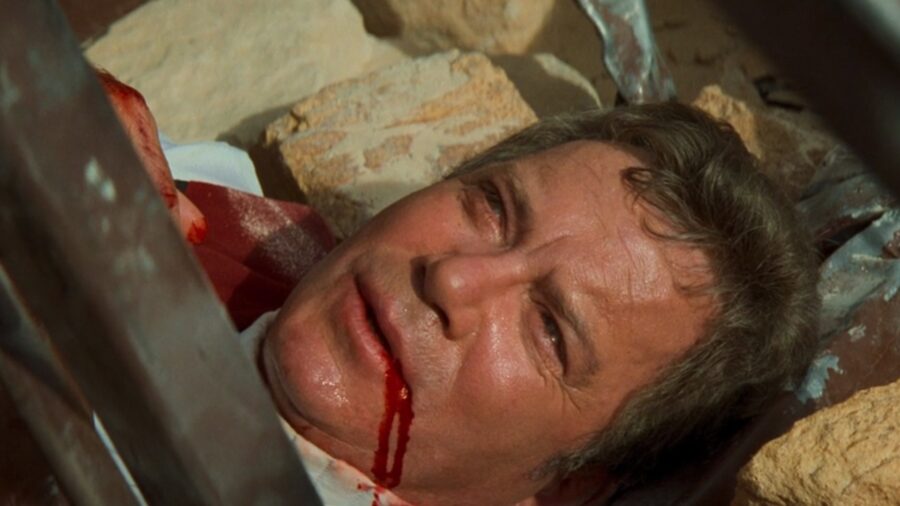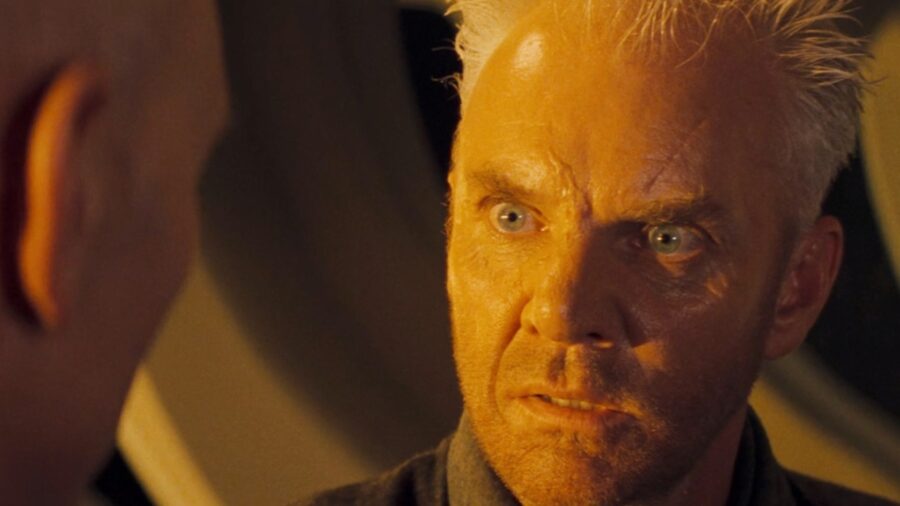The Most Underrated Star Trek Movie Only Did One Thing Wrong, But It Was Enough
Star Trek: Generations is a great movie with only one flaw, the death of Kirk, but that flaw is bad enough.

There is one, and only one, good reason that Star Trek: Generations remains one of the most despised movies in the franchise: the poor handling of the death of William Shatner‘s iconic James T. Kirk. It’s a genuine shame the admittedly poor handling of the hero’s demise leaves such a tarnishing mark on an otherwise great flick. Generations had a lot going for it including an interesting villain played by a wonderful actor, two of Star Trek: The Next Generation‘s best recurring bad guys, Jean-Luc Picard (Patrick Stewart) wrestling with a powerful inner demon, the one and only canonical meeting between Kirk and Picard, and a new and intriguing way at looking at one of TNG‘s best heroes.
For years I’ve argued that while Star Trek: First Contact is clearly a superior film, in at least one way it ruined one of the best things about Star Trek: Generations — it made it so Brent Spiner‘s Data could switch his emotion chip on and off at will. By adding emotions to Data in Generations, Trek’s creators made the intriguing new dynamic of a super-intelligent and physically superhuman Starfleet officer with the emotional maturity of a toddler.
And in First Contact they undid it all with a twitch of Data’s neck.
Even in bad Trek entries, the bad guys are usually top-tier, and you can’t go wrong hiring Malcolm McDowell. Soran (McDowell) is a wild-eyed and surprisingly sympathetic villain as far as Trek bad guys go. He doesn’t want power or vengeance — he just wants to rediscover the bliss he found years before in The Nexus.

The addition of the Klingon sisters Lursa and B’Etor is a wonderful touch, and their battle with the doomed Enterprise-D is thrilling. I’m still split on whether or not taking out the Enterprise-D felt too much like a carbon copy of the original’s destruction in 1984’s Star Trek III: The Search for Spock. If nothing else, the scene is visually impressive, and it did open the doors for the sleeker-looking Enterprise-E.
Rather than having the third-lowest Rotten Tomatoes score (48 percent) in the film franchise, Generations could have been one of Trek’s best. The only thing that made the film irredeemable was the death of Kirk.
Kirk doesn’t die in Star Trek: Generations in a courageous last stand against an unbeatable horde of enemies or ramming a ship into some space god as the only way to stop its evil plan — he’s hanging on to a bridge that plummets to the ground and he’s crushed beneath it. There are only two redeeming qualities to his death: it delivers on the promise from 1989’s Star Trek V (“I’ve always known… I’ll die alone” and while Picard was there his two best friends weren’t) and it’s genuinely a great performance by Shatner.
Not only is Kirk’s death handled poorly in Star Trek: Generations, but to this day I have no idea why showing his death on the big screen was necessary or called for. Obviously, getting Kirk and Picard to meet was a great gimmick, but in a narrative where the impossible is not only possible but commonplace, there was no reason their meeting couldn’t have been accomplished without either killing off Picard’s predecessor or creating any continuity issues. Leonard Nimoy, DeForest Kelley, and James Doohan all made guest appearances on TNG and none of them needed to be killed off before the final credits.
The only reason to kill Kirk in Star Trek: Generations was as a symbolic “passing of the torch,” and I’ll never agree that made it worth it. If Kirk’s death was needed for Picard and his crew’s legitimacy, it would’ve needed to happen before TNG premiered, or at the very least before it concluded. We never needed to see Kirk’s death, especially not if it was going to be that the dude who saved the galaxy countless times couldn’t make it off a rickety bridge in time.












